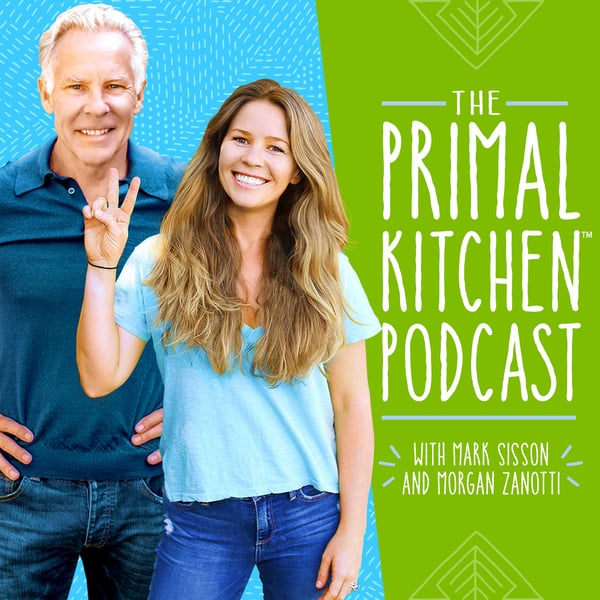CRISPR: What Does Gene Editing Mean for the Future of Primal Living?
The Primal Kitchen Podcast
Mark Sisson & Morgan Zanotti
4.4 • 717 Ratings
🗓️ 14 September 2016
⏱️ 9 minutes
🧾️ Download transcript
Summary
By now, you’ve no doubt heard of CRISPR, the latest gene-editing tool sweeping research labs across the globe. It was first discovered in certain strains of bacteria, who use it as an important weapon against dangerous viruses. In bacteria, CRISPR identifies a virus that poses a threat, records the virus’ genetic data and imprints it onto RNA molecules. An immune enzyme called Cas9 grabs one of the RNA molecules and goes exploring. When Cas9 encounters a virus that matches the data on the RNA molecule, it latches on and slices the virus in half to prevent it from replicating and posing any threat.
(This Mark's Daily Apple article was written by Mark Sisson, and is narrated by Tina Leaman)
Transcript
Click on a timestamp to play from that location
| 0:00.0 | The following Mark's Daily Apple article was written by Mark Sisson, |
| 0:09.4 | and is narrated by Tina Lehman. |
| 0:16.7 | CRISPR. What does gene editing mean for the future of primal living? |
| 0:21.6 | By now you've no doubt heard of CRISPR, spelled C-R-I-S-P-R, |
| 0:26.6 | the latest gene editing tool sweeping research labs across the globe. |
| 0:31.6 | It was first discovered in certain strains of bacteria, who use it as an important weapon against dangerous |
| 0:38.3 | viruses. |
| 0:39.3 | In bacteria, CRISPR identifies a virus that poses a threat, records the virus's genetic data, and imprints |
| 0:46.3 | it onto RNA molecules. |
| 0:48.3 | An immune enzyme called CAS-9 grabs one of the RNA molecules and goes exploring. |
| 0:54.7 | When CAS 9 encounters a virus that matches the data on the RNA molecule, it latches on and |
| 1:00.3 | slices the virus in half to prevent it from replicating and posing any threat. |
| 1:05.8 | Researchers have co-opted the CRISPR CAS9 mechanism to edit genes. |
| 1:10.5 | Instead of copying dangerous viral DNA sequences |
| 1:12.9 | onto the RNA molecules, they can copy over any sequence they want to edit. And instead of |
| 1:18.6 | Cas9 destroying viruses, it makes precise cuts and removes specific bits of genetic data |
| 1:24.6 | from the designated sequence. This allows researchers to target and edit |
| 1:29.4 | specific gene sequences with genetic data of their choosing. Are there risks? Off-target events. |
| 1:37.5 | Although we know how to program CAS 9 to make specific edits to genes, it's not always accurate. |
| 1:43.3 | Sometimes the wrong portion of the sequence |
| 1:45.2 | is removed and replaced. Other times, Cast 9 slices the right sequence, but once inside the |
| 1:51.6 | cell starts editing other sequences. Early CRISPR editing accuracy varied wildly, with some |
... |
Please login to see the full transcript.
Disclaimer: The podcast and artwork embedded on this page are from Mark Sisson & Morgan Zanotti, and are the property of its owner and not affiliated with or endorsed by Tapesearch.
Generated transcripts are the property of Mark Sisson & Morgan Zanotti and are distributed freely under the Fair Use doctrine. Transcripts generated by Tapesearch are not guaranteed to be accurate.
Copyright © Tapesearch 2025.

